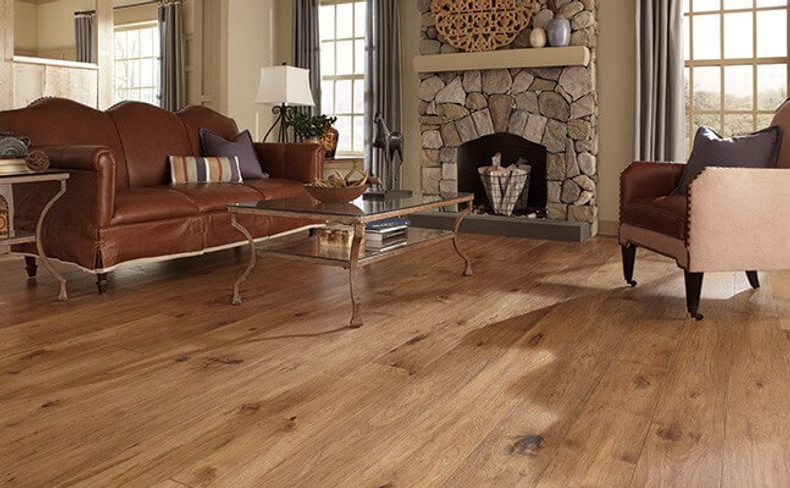
What do you know about underlayment for hardwood flooring? For successful wood flooring, underlayment is inevitable. Choosing the right underlayment will ease your installation while offering a perfect finish. Opt for underlayment which minimizes sound while keeping moisture away.
Using quality products for the wood floor will also increase the durability of your wood floor. Otherwise, the improper fitting will make the woodwork both tacky and disastrous.
Types of Hardwood Flooring Underlayment
Cork Underlayment
It is the most preferred by the environmental-conscious individuals since it’s a naturally occurring product. Cork is a perfect fit for both your commercial and residential projects
Benefits of Cork Underlayment
- Minimizes sound
- Reduces subfloor imperfections
- Has anti-microbial properties
- Retains most heat keeping the home warm
- Water resistant
Laminate Flooring with an Already Fitted Underlayment
Currently, there is production of laminate flooring with an already matched underlayment. The underlayment is fixed behind the board thus making the installation fast and efficient. Is the attached underlayment lacking a moisture barrier?
Make sure you lay down a barrier before fitting your new laminate floor.
Methods of Installation
Nail or Staple Down Installation
Roll out a 15lb black felt paper underlayment over the plywood subfloor. Make it overlap the seams and then staple it to the subfloor before fitting the wood floor. The felt paper is effective in blocking moisture from rising through the subfloor. Pay closer attention lest you purchase a roofing paper instead of the flooring paper. For slim, engineered flooring sizes and flooring nailer techniques, use Pneumatic nailing gun or manual flooring nailer. Alternatively, use nailing cleats to attach the subfloor to the flooring if yours is a 3/4" thick flooring 2".
Glue Down Use
Instead of stapling or nailing, you can glue down the tongue and groove engineered hardwood flooring. Apply the recommended adhesive on the subfloor using the appropriate trowel and then attach the wood flooring to the subfloor.
Ensure you use the manufacturer’s recommended trowel size and adhesive for appealing results.
Floating
Here, the engineered wood floor is not physically attached to the subfloor. Instead, the planks are glued together using wood glue. A thin underlayment pad is then used to separate the hardwood flooring from the subfloor.
Functions of Underlayment Pads
- Prevents moisture movement
- Provides Cushioning
- Noise reduction
Underlayment is an impotant part of the reflooring process, make sure you do it right to avoid any issue down the road. if you have any questions contact us today or come in to see our selection of affordable hardwood flooring!

